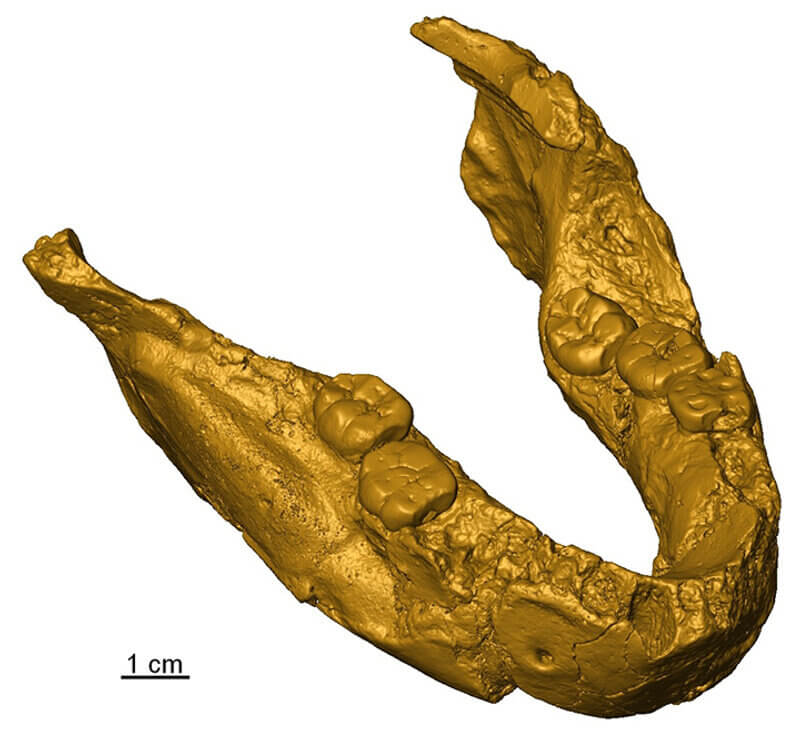Among the 23 samples analyzed potentially representing early Homo from South Africa, between 2.5 and 1.4
Dr. Renault Joannes-Boyo used a specialSouthern Cross University Lismore campus equipment to determine breastfeeding patterns based on geochemical analysis of dental fossils.
These results highlight the importance of properidentification of the taxon to which the fossil belongs. Otherwise, any incorrect assignment to the genus Homo will lead to a complete misinterpretation of paleobiological aspects, such as, for example, feeding behavior, ecological interactions, hominin paleodiversity, adaptations, and evolutionary relationships.
The conducted research is based ongeometric morphometric analysis of the enamel-dentine junction, the internal structure of the teeth, which is a reliable taxonomic indicator for distinguishing hominin species down to the level of subspecies.
“It's great when new methods likemicrotomography, allow us to extract new and valuable information from the fossils that have been stored in our collections for decades,” said Professor Matthew Skinner from the University of Kent.
As a result, among the 23 alleged specimensHomo, only four of these (SK 27, SK 847, SKX 21204 and Sts 9) are statistically classified as Homo, while the other three retain more primitive traits (StW 80-81, SE 1508 and StW 669) are also possibly human .
All other specimens are rather Australopithecus or Paranthropus.
 Mandible SK15
Mandible SK15
One of the most emblematic remainsSouth African paleoanthropology is the lower jaw SK 15 (fig.), which has been attributed to Homo erectus for decades, and this study has shown that it is most likely related to Paranthropus.
"These quantitative analyzes of the form of the compoundEnamel and dentin allowed us to objectively reassess the taxonomy of a number of putative Homo specimens, and also revealed more hominin paleodiversity than previously thought,” said Dr. Clement Zanolli, CNRS researcher at the University of Bordeaux.
Geochemical analysis and mapping of elementswere also carried out on two putative early Homo specimens from southern Africa. Both have been shown to more likely represent Australopithecus (SKX 268) and Paranthropus (KB 5223) using geometric morphometric analysis, and interestingly, a geochemical signal supports these results.
In particular, SKX 268 shows a weaning signal comparable to that reported in Australopithecus and different from what we know in Homo.
"Lactational behavior of early hominids, whichseen as a universal adaptive trait for survival in complex ecological niches, may be one of the key features that distinguishes Homo from other hominids,” said Dr. Renaud Joannes-Boyo of the University of the Southern Cross.
In southern Africa, early remains of Homo have been found in several places (Sterkfontein, Swartkrans, Kromdraai, Drimolen), they date from 2.5 to 1.4 million years ago.
Read more:
The oldest Voyager 1 mission has a strange glitch that cannot be fixed
The James Webb telescope took the first picture of Jupiter: it shows 9 moving targets at once
Scientists have found a "Pandora's box" in the bowels of the Earth: the energy from there feeds life on the planet
</ p>